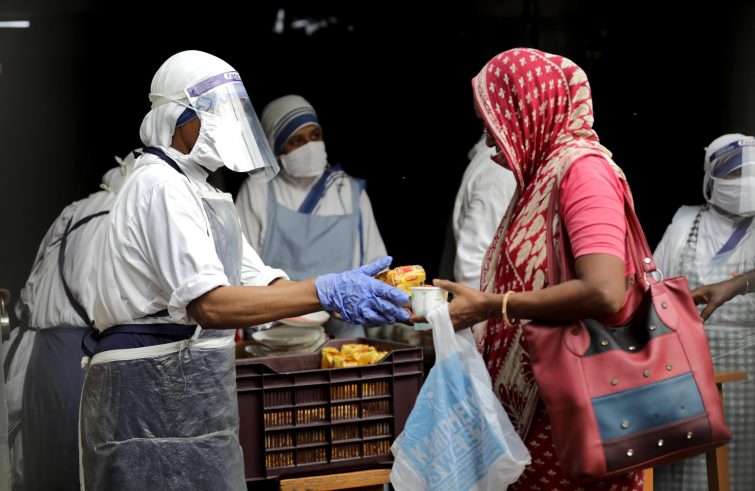
Global hunger is rising. It’s not a figure of speech to denote a yearning for post-pandemic economic recovery. Real famine is growing worlwide. It’s a fact confirmed by the Global Hunger Index, one of the major statistical tools for collecting data on famine in the world, published in Italy by the CESVI Foundation, now in its sixteenth edition. The Report was drawn up by NGOs Welthungerhilfe and the Irish Concern Worldwide, European partners in the Alliance2015 network. The study collected data from 116 countries where GHI scores were calculated using four component indicators: undernourishment, child wasting, child stunting and child under-five mortality.
Undernourishment is growing after decades of decline, notably in sub-Saharan Africa and South Asia, moving further away from the United Nation’s Zero Hunger goal by 2030.
The deadly combination of armed conflicts, pandemic and climate change weighed down on the efforts made over the last few years to stem the tide.
In 2020, 155 million people were acutely food insecure—an increase of nearly 20 million people from the previous year.
According to the Global Hunger Index 2021, hunger remains exceptionally severe in 47 countries with little chance of a decline to low levels by the end of the decade. Somalia, ranked last, suffers from an “extremely alarming” level of hunger (50.8 points), followed by nine countries with an “alarming” level of hunger (Chad, Madagascar, Central African Republic, Democratic Republic of Congo and Yemen, Burundi, Comoros, Syria and South Sudan). Hunger has been identified as “serious” in 37 countries. These are Afghanistan, Haiti, India, Pakistan, Sudan, Ethiopia, Nigeria and Venezuela. Since 2012, hunger has increased in 10 countries including the Republic of Congo, South Africa, Venezuela and Yemen.
“The fight on hunger is dangerously off track. Breaking the vicious cycle of hunger and conflict fuelling each other is a matter of urgency”,
said the Foundation’s president, Gloria Zavatta.
In fact, according to the Report, there were 169 active violent conflicts in 2020. Not surprisingly, eight of the ten countries with “alarming” or “extremely alarming” levels of hunger are war zones: from the Democratic Republic of Congo to Nigeria, from South Sudan to Syria, Yemen and Somalia.
Violent conflicts have a devastating impact on food systems, undermining everything from production to consumption.
Lasting food insecurity is among the most prominent legacies of war. Likewise, increased food insecurity can lead to violent conflict.
“Escalating conflict is a prime cause of hunger and food insecurity,” observed the former Minister of Agriculture and current Deputy Director-General of FAO, Maurizio Martina.
“Conflict and hunger mutually strengthen each other,”
Martina pointed out. “They must be tackled together to end this vicious cycle, through well-coordinated and complementary humanitarian interventions and development projects. Interventions that enhance the resilience and inclusiveness of agriculture-based livelihoods and support food security play a major role in peacebuilding by addressing not only the symptoms but also the root causes of conflict.”
The impact of the pandemic on food security worldwide is still too early to determine, but FAO estimates that 657 million people will be undernourished by 2030, about 30 million people more.
“Not only is progress towards the Zero Hunger goal slowing down, the fight against hunger is coming to a standstill”, remarked Advocacy senior specialist at CESVI Foundation Valeria Emmi. She added:
“According to the WHO, only 25% of the world’s countries are likely to lower the proportion of stunted children by 50% by 2030 and only 28% are expected to reduce child wasting to below 3% and keep it at that level.
UN projections show that 53 countries need to accelerate progress to achieve the child survival goals of under 2.5%. These figures are alarming.
In this context, the pandemic crisis is only making things worse.
Precarious food systems and the resulting rise in the number of people suffering from serious food insecurity call for urgent and sustained actions. These include a radical change in our food systems.”












